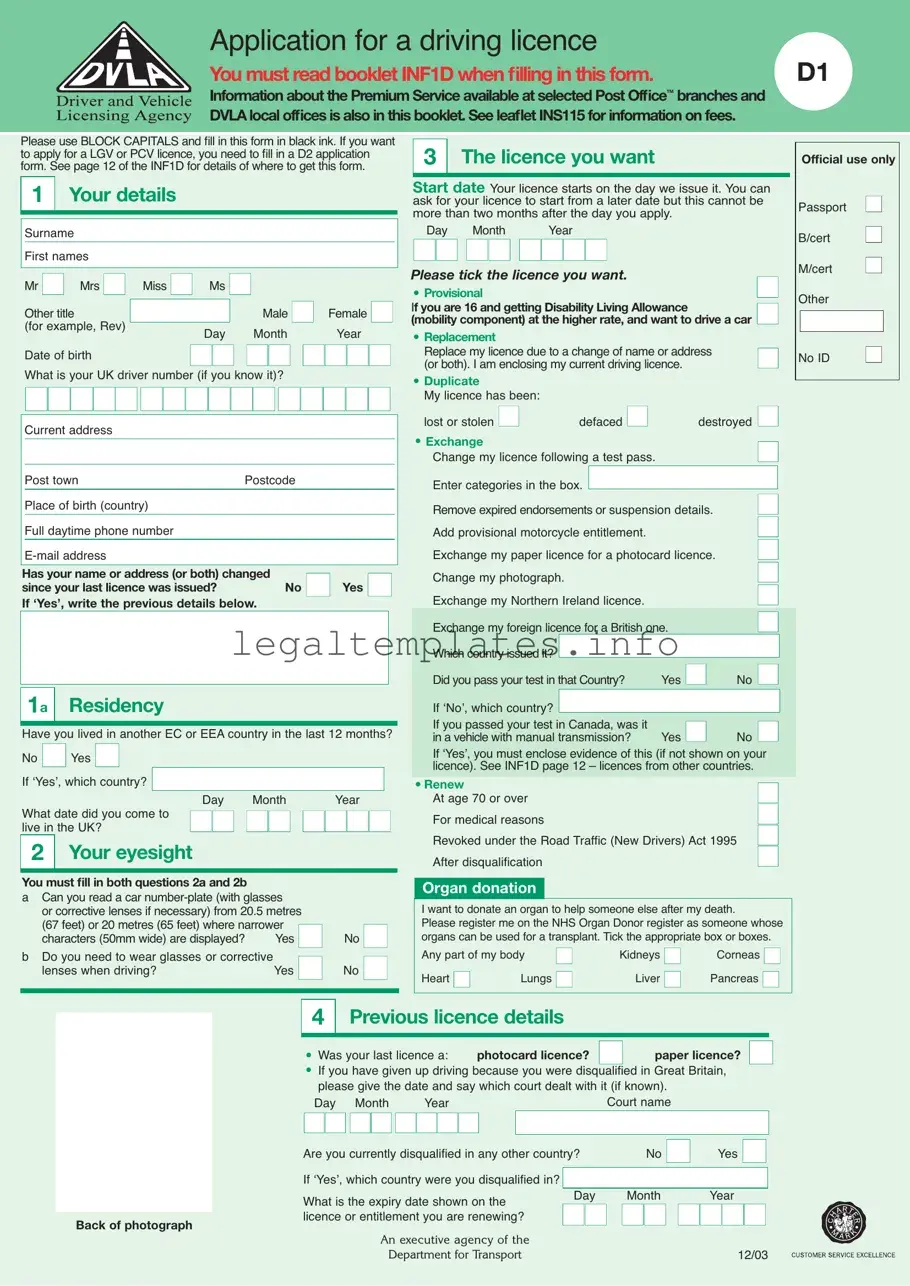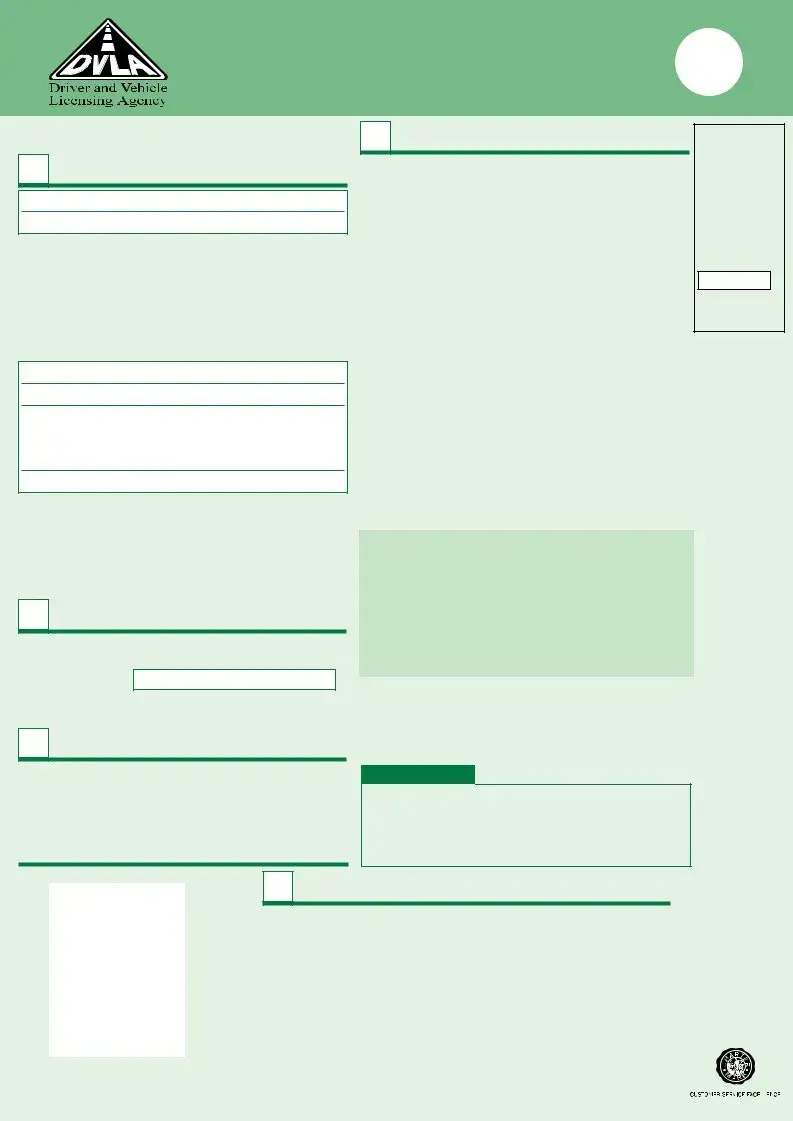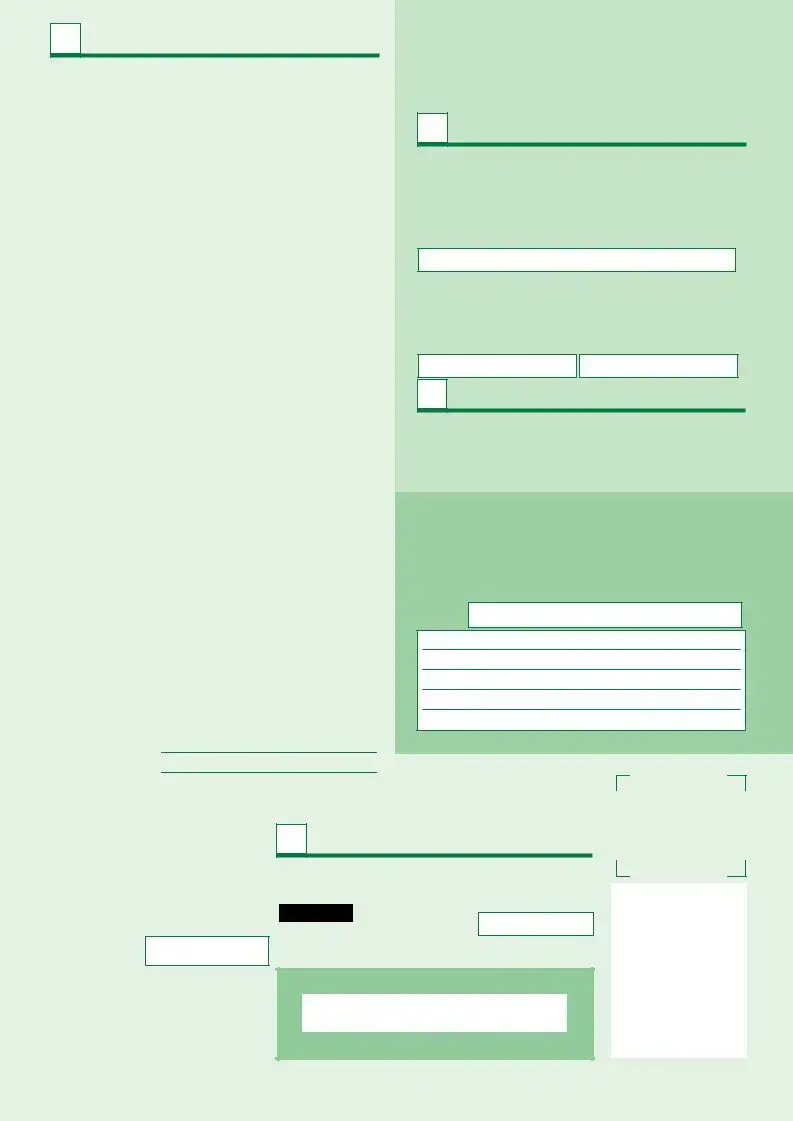The United States has various documents that serve functions similar to the D1 DVLA form used in the UK for driving licence applications. One such document is the Application for Driver License or Non-Driver ID Card (Form DS-11) in the US. This form is used for individuals applying for their first driver's license or a non-driver ID card. Like the D1 form, applicants must provide personal details, evidence of identity, and, in some cases, medical information that might affect their ability to drive safely.
Another parallel can be drawn with the Commercial Driver License (CDL) Application forms specific to each state. These are similar to the D1 form's counterpart, the D2 form for LGV or PCV licenses in the UK, requiring detailed information about the applicant's driving history, medical conditions, and proof of identity and residency. Additionally, applicants must satisfy specific medical standards to ensure they are fit to operate larger vehicles, just as in some cases with the D1 application process.
The Medical Examination Report Form for Commercial Driver's License (CDL) applicants closely resembles the health section of the D1 form, where individuals must disclose medical conditions that could impair their driving abilities. This form must be completed by a licensed medical examiner and ensures that commercial drivers meet the physical requirements to safely operate commercial vehicles, reflecting the concern for public safety inherent in the D1 form.
Vehicle Registration forms in the US, while primarily for registering a vehicle rather than licensing a driver, share the necessity of the personal identification and residency confirmation found in the D1 form. Applicants must provide proof of ownership, insurance, and, in some cases, pass an emissions test, emphasizing regulatory compliance and safety considerations.
The Application for Renewal/Replacement/Change of a Texas Driver License or Identification Card (Form DL-43) mirrors the D1 form's sections related to the replacement, renewal, or change of information on a driving licence. Individuals must update their information following significant life changes or to replace lost or stolen licenses, ensuring their driving records accurately reflect their current status.
The Change of Address (COA) System used by the US Postal Service, although not specific to driving licenses, is reminiscent of the address change section on the D1 form. This system allows residents to update their address information to ensure they receive mail and government documents, including driving-related communications, accurately and promptly.
State-specific Forms for Disability Placards or License Plates in the US share similarities with the D1 form sections that involve applying for provisional licenses under disability considerations. These forms require medical certification and personal information to accommodate individuals with disabilities in their mobility and independence, reflecting a societal commitment to inclusiveness.
The Identification Card Application process in many states parallels the D1 form's provisions for non-drivers who still need a form of official identification. Applicants must prove their identity, residency, and sometimes pass a vision test, ensuring that even non-drivers have a valid form of ID for various legal and daily purposes.
Last, the Driver License Restoration forms found in some states correspond with the D1 form's section regarding the reissuance of a license after disqualification or suspension. Applicants must demonstrate they've met specific criteria, such as serving a suspension period or completing a rehabilitation program, to have their driving privileges reinstated, emphasizing accountability and road safety.
International Driving Permit (IDP) Applications in the US are somewhat similar to the D1 form's sections related to exchanging a foreign license for a British one. Americans planning to drive abroad can apply for an IDP, which translates their US license into several languages, facilitating international travel and ensuring their ability to drive in foreign countries compliantly.




